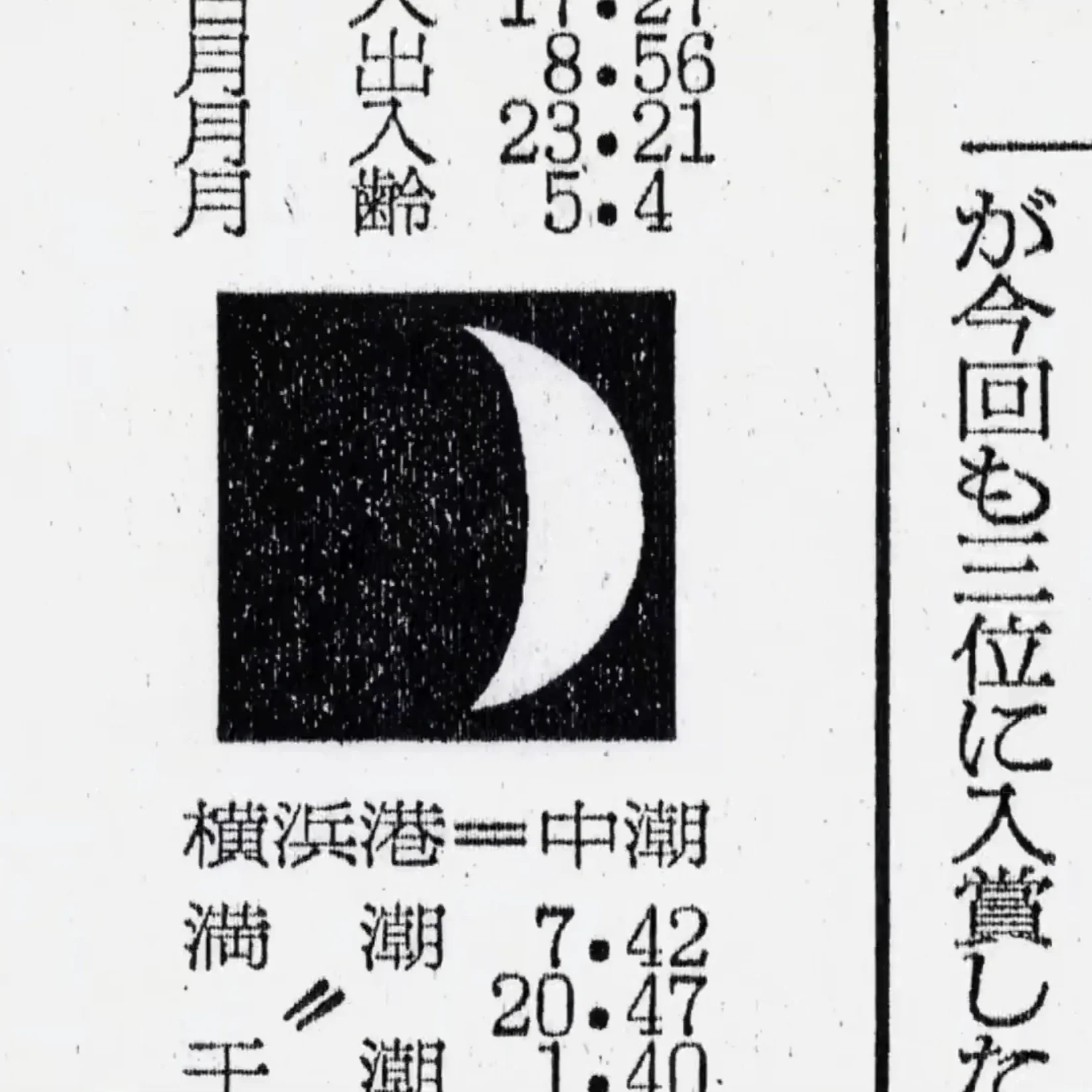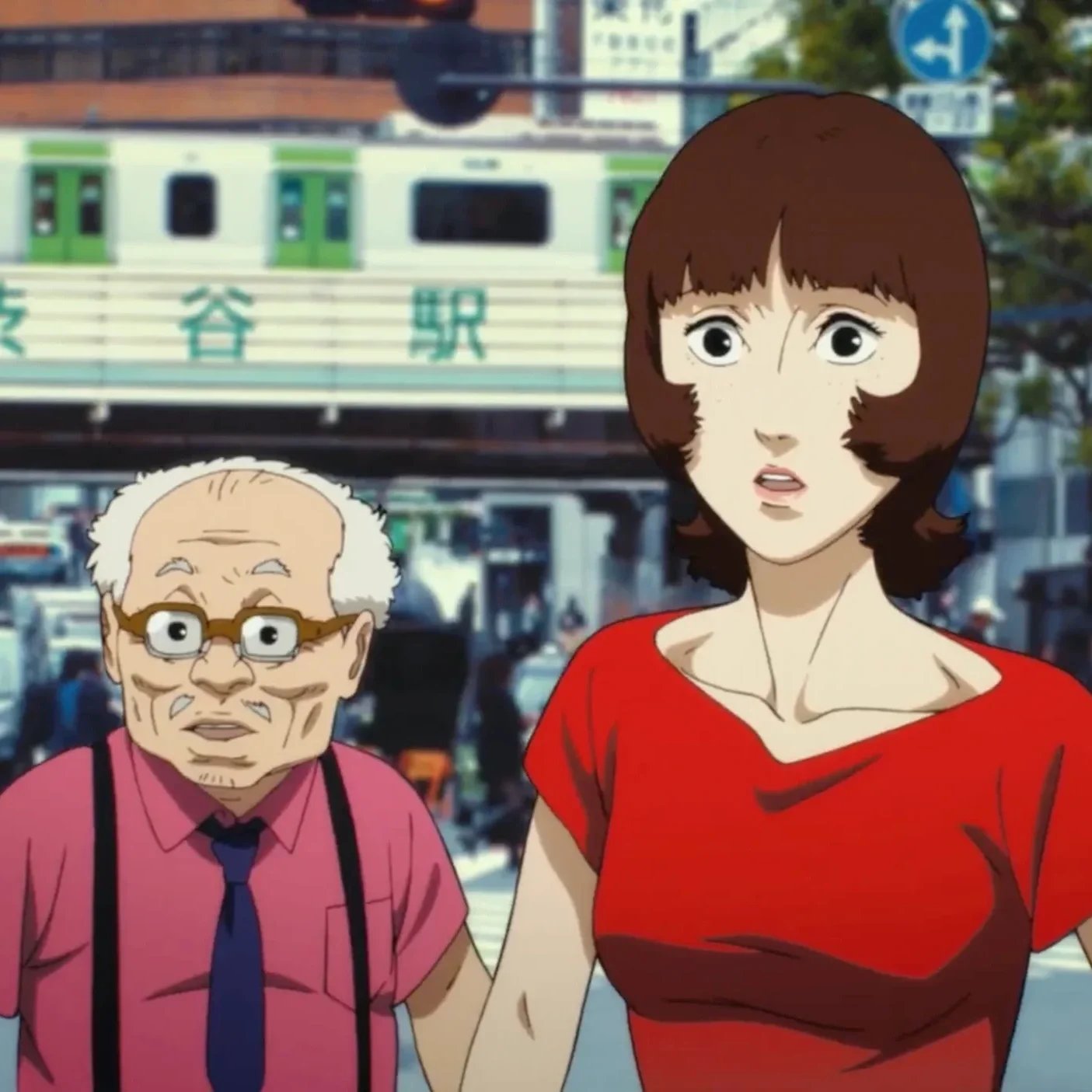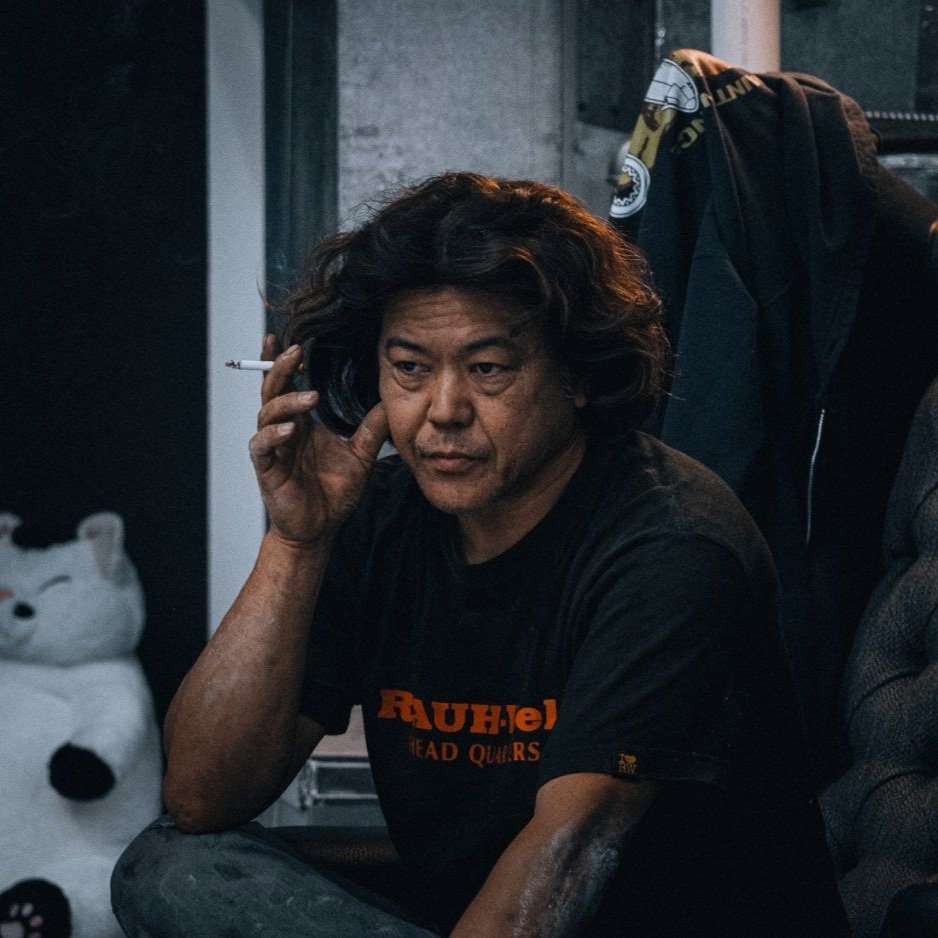ERO-GURO NANSENSU - Japan’s Erotic Horror Art
On the extensive list of artistic disciplines born in Japan, Ero-Guro sticks out like a sore thumb, breaking every rule of modesty & reserved expression. How did the grotesque horror-like art style take shape?
© Suehiro Maruo
Before Ero-Guro
"The Dream of the Fisherman's Wife" stands as one of the most renowned prints in the Shunga genre, attributed to Japan's celebrated illustrator, Hokusai. However, categorizing this masterpiece solely within Shunga's confines might not be entirely accurate. It serves as a precursor to a more elaborate artistic movement that emerged in 1920s Japan: Ero-Guro Nansensu.. (This term, coined from English roots, combines "erotic," "grotesque," and "nonsense," encapsulating a sophisticated and intricate style of expression.)
This scene serves as a starting point for delving deeper into an artistic current that would inspire countless Japanese artists to explore what would eventually evolve into a distinct genre.
The Dream of the Fisherman's Wife by Hokusai
Known as Ero-Guro, this style merges eroticism with bizarre, grotesque, macabre, and nonsensical elements. Over time, artists have pushed the boundaries, creating increasingly explicit and provocative depictions. Imagery includes snakes and tentacles exploring various orifices, women engaging in explicit acts with demons or skeletons, and flesh intertwined with expressions of lust and pleasure. Ero-Guro draws inspiration from Japan's rich folklore, reimagining monstrous and terrifying creatures alongside ghostly beings known as yokai and yurei. These figures are placed in grotesque and erotic scenarios, blurring the boundaries of decency.
From world’s most famous wave to the ultimate gore
To understand what triggered the spread of the Ero-Guro, it's essential to delve into the vibrant socio-cultural landscape that defined Japan in the early decades of the twentieth century. Between the two world wars, Japan underwent a period of transformation, where new ideals, intellectual currents, and scientific advancements influenced both the nation and its people.
During that time, there was a lot of talk about nationalism, socialism, feminism, and psychoanalysis. It reflected how much people were thinking and discussing important ideas at the time. Of particular interest was the exploration of the sexual sphere, with a keen focus on behaviors deemed deviant or unconventional.
© Toshio Saeki
It’s during these crucial years that authors like Edogawa Ranpo began exploring the limits of the sexual grotesque, with his book Caterpillar surrounding the sexual relationship between a quadruple amputee war veteran and his wife.
The genre would quickly died down due to censorship limitations at the break of WWII, but would see its revival in the years after the war, when Ero-Guro makes its introduction to the world of cinema with movies like “Shogun’s Joy of Torture”, and manga with the liquid horror worlds drawn by Suehiro Maruo.
from Edogawa Ranpo’s “The Caterpillar”, visualized by Suehiro Maruo
Suehiro Maruo
The man that launched Ero-Guro into the mainstream and remains one of its most influential modern artists: Suehiro Maruo. As the pinnacle of his work stands the infamous Shoujo Tsubaki, or Mr Arashi’s Amazing Freak Show, gaining quick popularity among Japanese and Western readers. The story revolves around a girl who joins a freak show after becoming an orphan, following her life in a sadistic way. This go-to Ero-Guro manga later received its own independent anime adaptation titled Midori in 1992.
© Suehiro Maruo
The race of gore
There will be no more limits. It will be a race to see who can create the rudest, most disturbing image. Sexual decadence, corruption, violence, will be at the center of every story, every image, every narrative. We witness mutilations, bleeding heads, surreal transformations in which people become disgusting animals and stories in which crime, the paranormal and sex come together to bring to life situations that the eye struggles to accept but the mind craves.
Ero-Guro plays with the human psyche but also with all its perversions; the artists create monsters and insinuate them into the minds of their audiences, who find themselves torn between initial reluctance and curiosity about the scabrous, excess, and all that is obscene, finding themselves coming to terms with themselves and investigating the true nature of our human passions and taboos.
© Toshio Saeki













Explore top horror manga titles and authors in this beginner's guide.